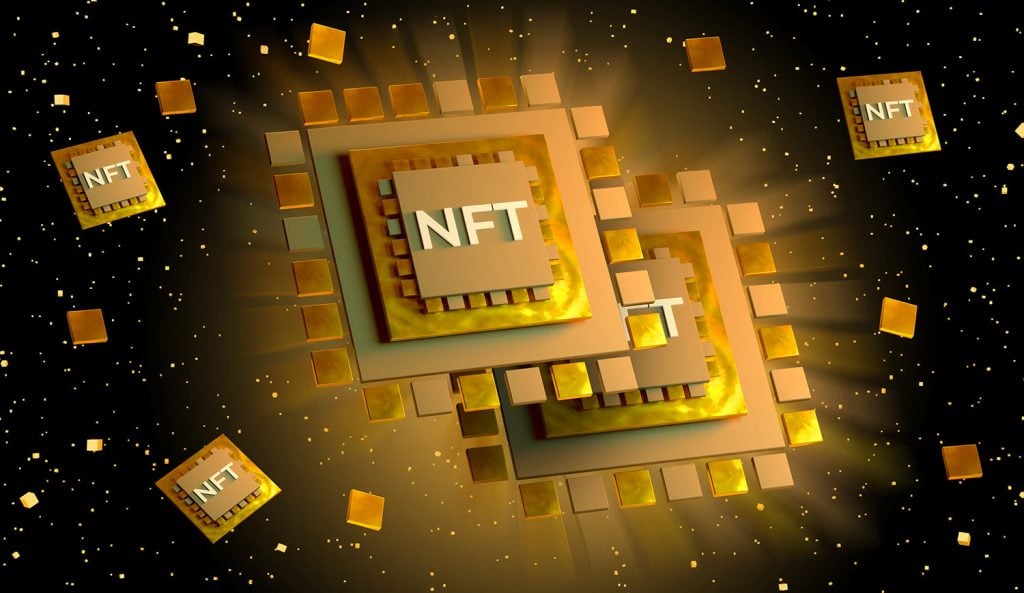
Once upon a time, walking was sort of cool. Back in the 1980s, when indoor shopping malls were the mecca of society, organized walks looping around the food court, merry-go-round, and Contempo Casuals were a major thing. And, when the Sony Walkman exploded around the same time, power walks fueled by tunes were definitely on-trend. But, like many of the exercise fads of the era — Jazzercise and step aerobics included — the allure of walking faded over the years. From the ‘90s to the 2000s, people began to favor more intense cardio-based and sculpting workouts. There was the rise of spinning.
Crossfit was born and gained a cult-like following. And by the late 20-teens, the buzziest workouts had shifted to Frankenstein-like hybrids that aimed to challenge people’s physical capabilities. Think: Pilates and HIIT fusion classes, yoga sculpt sessions in heated studios, and Tabata-style strength training.
Walking as a form of exercise became mostly reserved for those unable to partake in more grueling types of fitness for whatever reason.

How Walking Became The Coolest Workout
In March 2020, when the brick-and-mortar fitness industry shut its doors during the lockdown, the workout world was instantly rocked. During the strict stay-at-home period, aside from going to the grocery store, walking, hiking, and running were some of the only ways for some people to simply get out of the house. By the spring, the CDC endorsed walking with others (socially distanced, of course) as an acceptable and somewhat safe activity.
So, after months of isolation and Zoom workouts, walks with friends became the new happy hour.

Prior to the lockdown, Colleen Logan, vice president of public relations and corporate communications at digital fitness platform iFIT, says the brand recognized an increase of interest in interactive walking, hiking, and running workouts, which she believes had to do with their accessibility. “We want iFIT to reach the broadest number of consumers and walking is an excellent way to connect with the most people,” she explains. In hopes of feeding the piqued interest, the brand opted to invest resources in filming guided walks and runs in beautiful places around the world, like the top of Mount Kilimanjaro, the tallest peak in Africa, or up steep trails in Switzerland. The timing couldn’t have been better. iFIT’s popularity soared — in November 2020, they had 330,000 paid iFIT subscribers, and now they have almost 1.5 million — and Logan thinks it primarily had to do with its unique walks, which fuse fitness and adventure with people’s need for a mental escape.
Jillian Michaels, health and wellness expert and creator of The Fitness App by Jillian Michaels, has always considered walking an underappreciated workout. “I have always known that walking is the most affordable, accessible fitness solution. For that reason, I have many programs that are either walking only or incorporate walking.”
By the end of the year, others in the fitness industry noticed that walking wasn’t just a workout — it had gotten chic. In January 2021, Apple launched its Time to Walk feature for Apple Watch and Apple Fitness+ subscribers, which the brand described as “an inspiring new audio walking experience.” Each episode featured a different celebrity taking the user on a guided walk, with early guests including Dolly Parton, Shawn Mendes, and NBA star Draymond Green.

